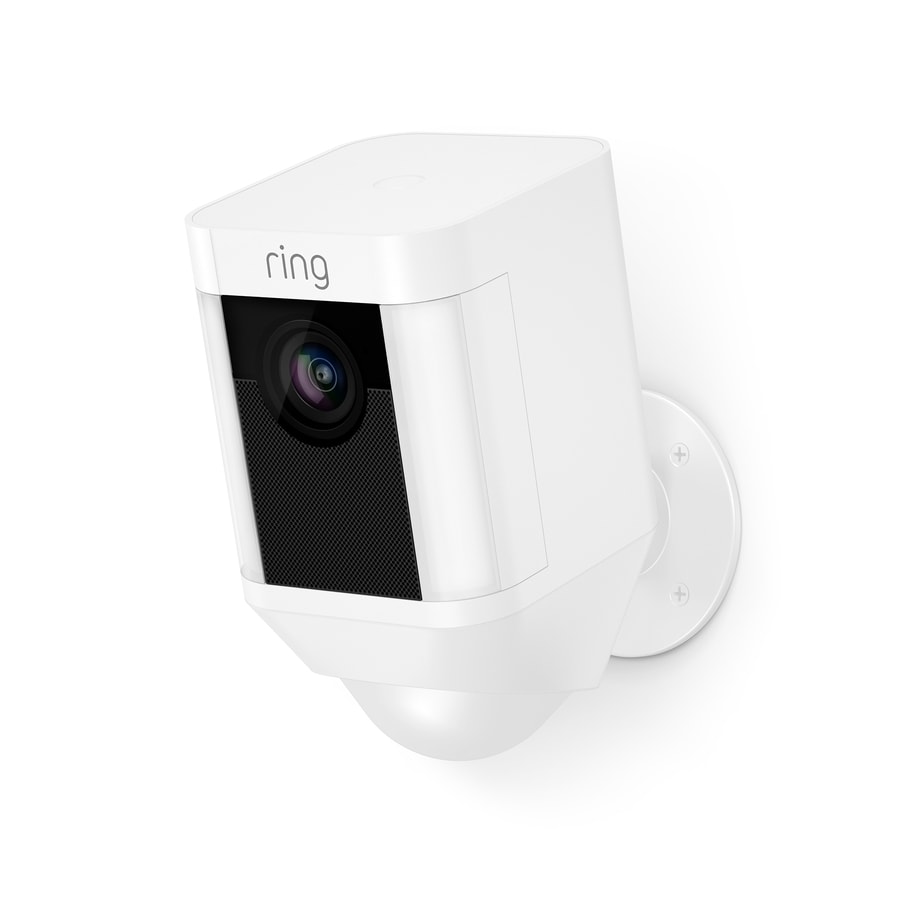A Gopro For Beetles

It was made so solely a ground-primarily based engineer with a wrench may free it. A waist-stage viewfinder was ditched in favor of a simplehttps://bojankezastampanje.com custom side-finder that might be aimed whereas carrying a helmet and visorhttps://bojankezastampanje.com he says.
About Camera Labs
For the 500EL “Lunar Surface Data Camerahttps://bojankezastampanje.com” a motorized movie advance was addedhttps://bojankezastampanje.com as was something called a Réseau plate — a piece of glass placed close to the film plane that imprinted cross marks on the negatives. He says it was in 1965https://bojankezastampanje.com when NASA released gorgeous pictures of Ed White’s spacewalk on Gemini fourhttps://bojankezastampanje.com that Hasselblad “put two and two together” and realized the pictures had been taken with considered one of their cameras. For instancehttps://bojankezastampanje.com Rise sayshttps://bojankezastampanje.com a release for the movie journal was eliminated to stop it being by chance bumped in flight.
Aldrinhttps://bojankezastampanje.com who was busy organising lunar experimentshttps://bojankezastampanje.com did briefly take over the camera and remarkablyhttps://bojankezastampanje.com snapped only a single photograph of Armstrong. The camera “simply wasn’t part of what his job was at the timehttps://bojankezastampanje.com” Levasseur says. On July 20https://bojankezastampanje.com 1969https://bojankezastampanje.com the Apollo eleven Lunar Module landed with two camerashttps://bojankezastampanje.com but just one went outside — carried by Neil Armstrong. That explains why practically every photograph of an astronaut on the surface during that first touchdown is of Armstrong crewmate Edwin “Buzz” Aldrin. Armstrong had the one camera for practically the entire two-and-a-half hours the two walked across the Sea of Tranquility.
Like the earliest Hasselblad carried on the ultimate Mercury flightshttps://bojankezastampanje.com the Data Camera lacked a standard viewfinder. Insteadhttps://bojankezastampanje.com astronauts went by way of coaching on Earth to discover ways to purpose the camera by feel from chest-levelhttps://bojankezastampanje.com the place it was attached to the spacesuit.
New icon for switching between a number of cameras (observe not all units expose a number of cameras to 3rd party apps). For old behaviour disable Settings/On display screen GUI/”Multiple cameras icon”. A few of the cameras themselves also returnedhttps://bojankezastampanje.com Levasseur sayshttps://bojankezastampanje.com however NASA was nervous about having sufficient gasoline to get off the moon and again to the orbiting command module. In completehttps://bojankezastampanje.com 1000’s of images came again from the surface in six missions — most taken by the Hasselbladshttps://bojankezastampanje.com however some with different specialised cameras.